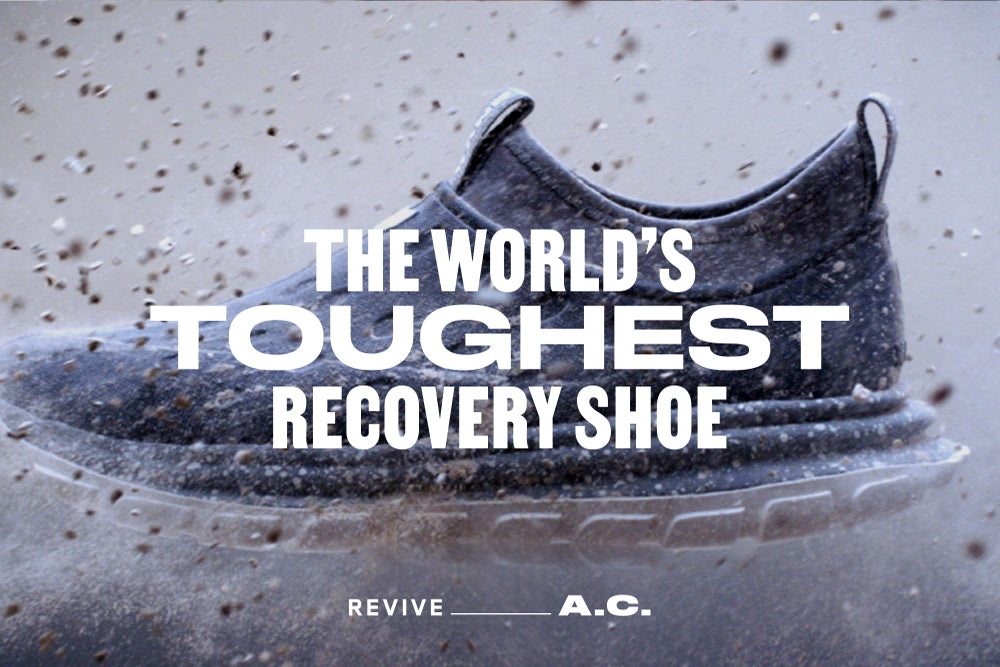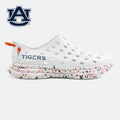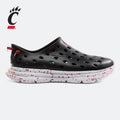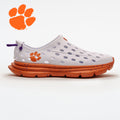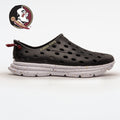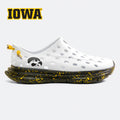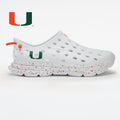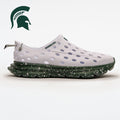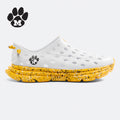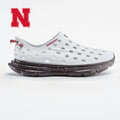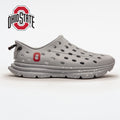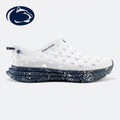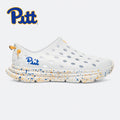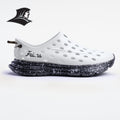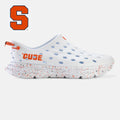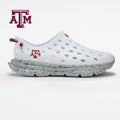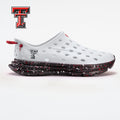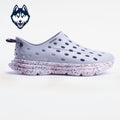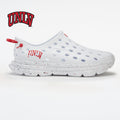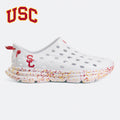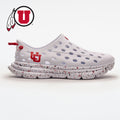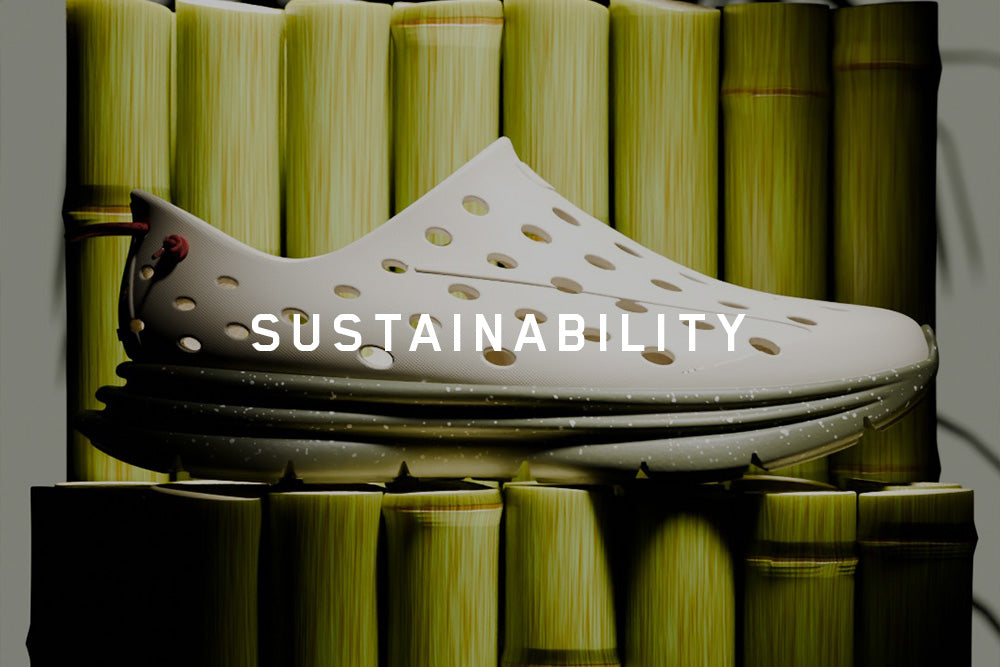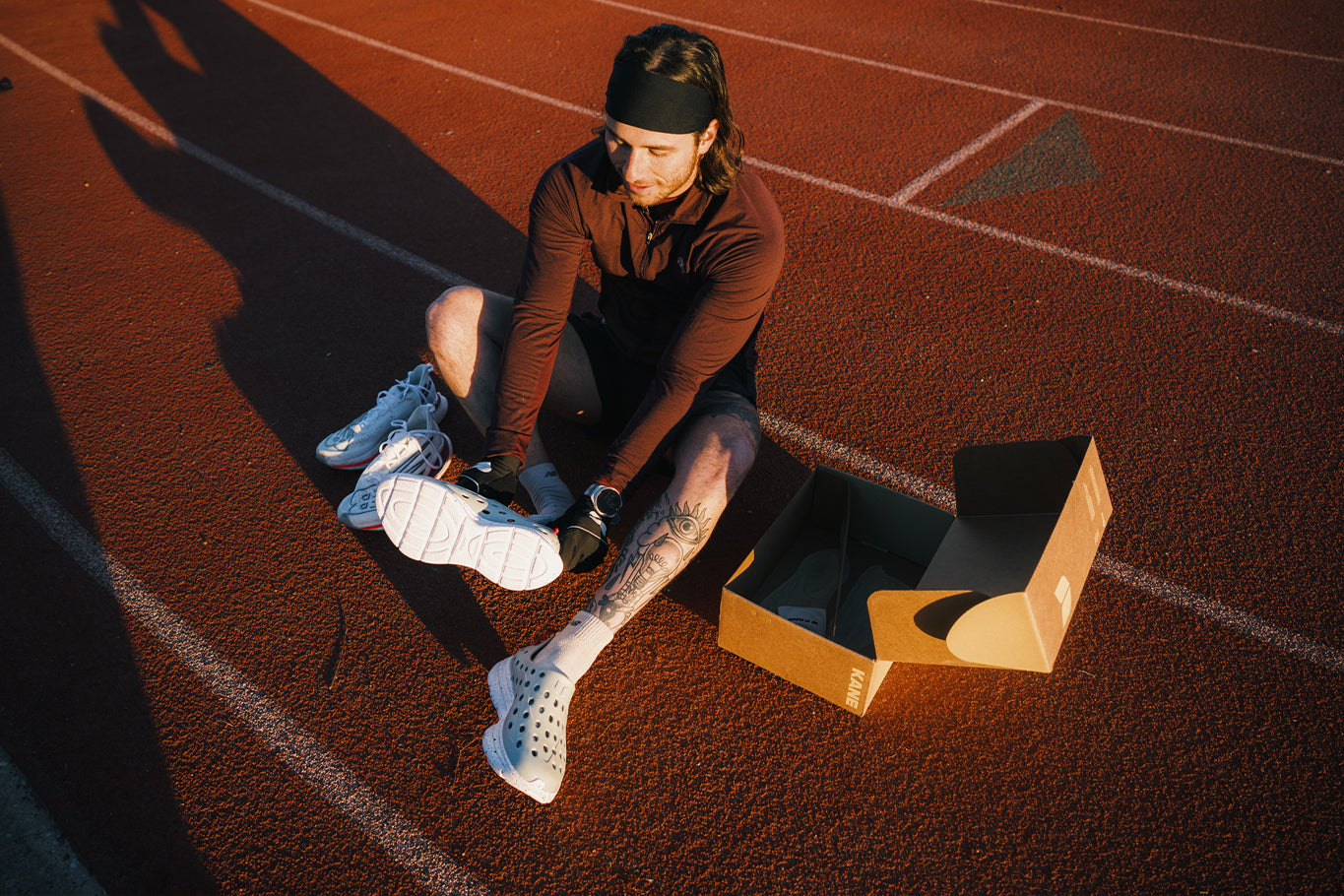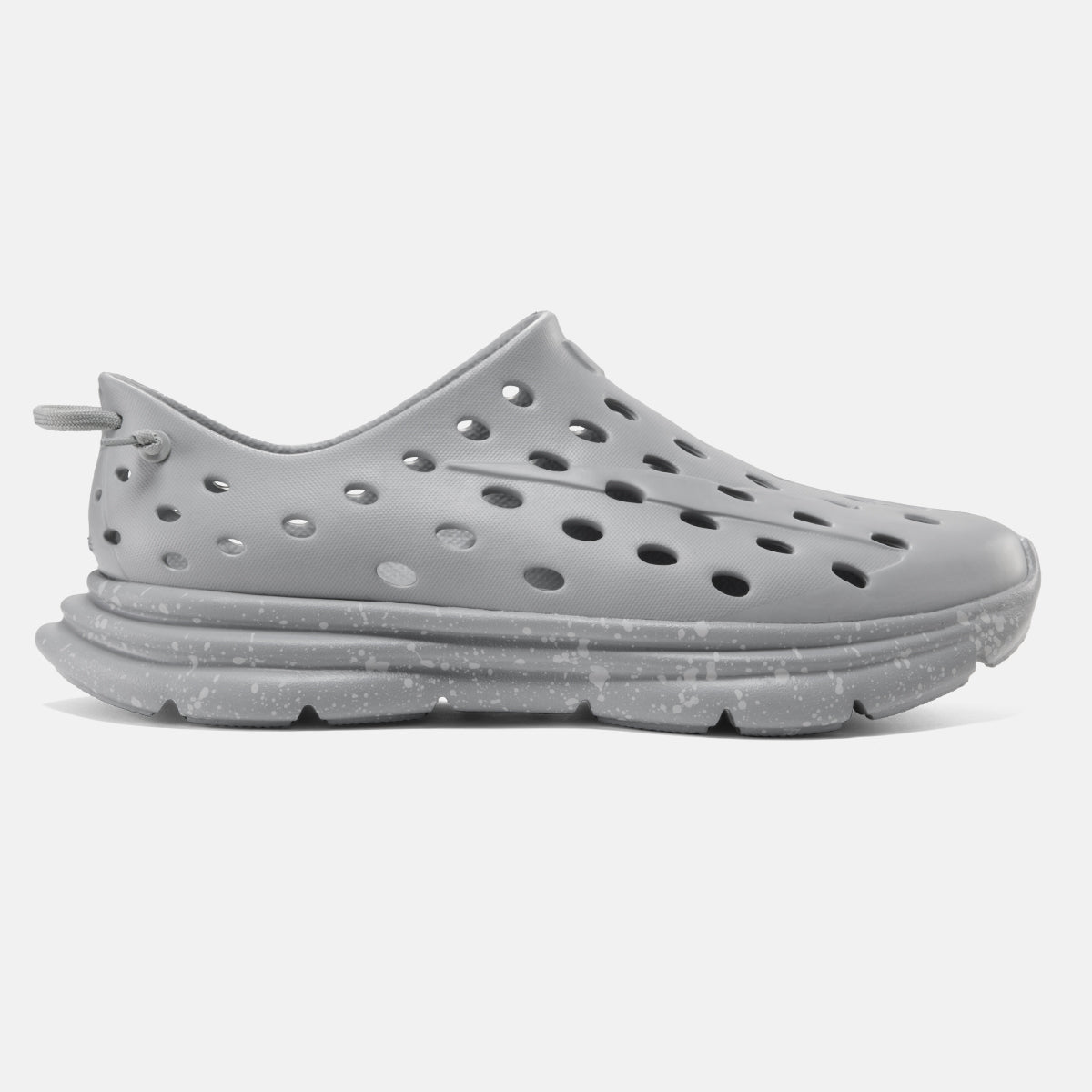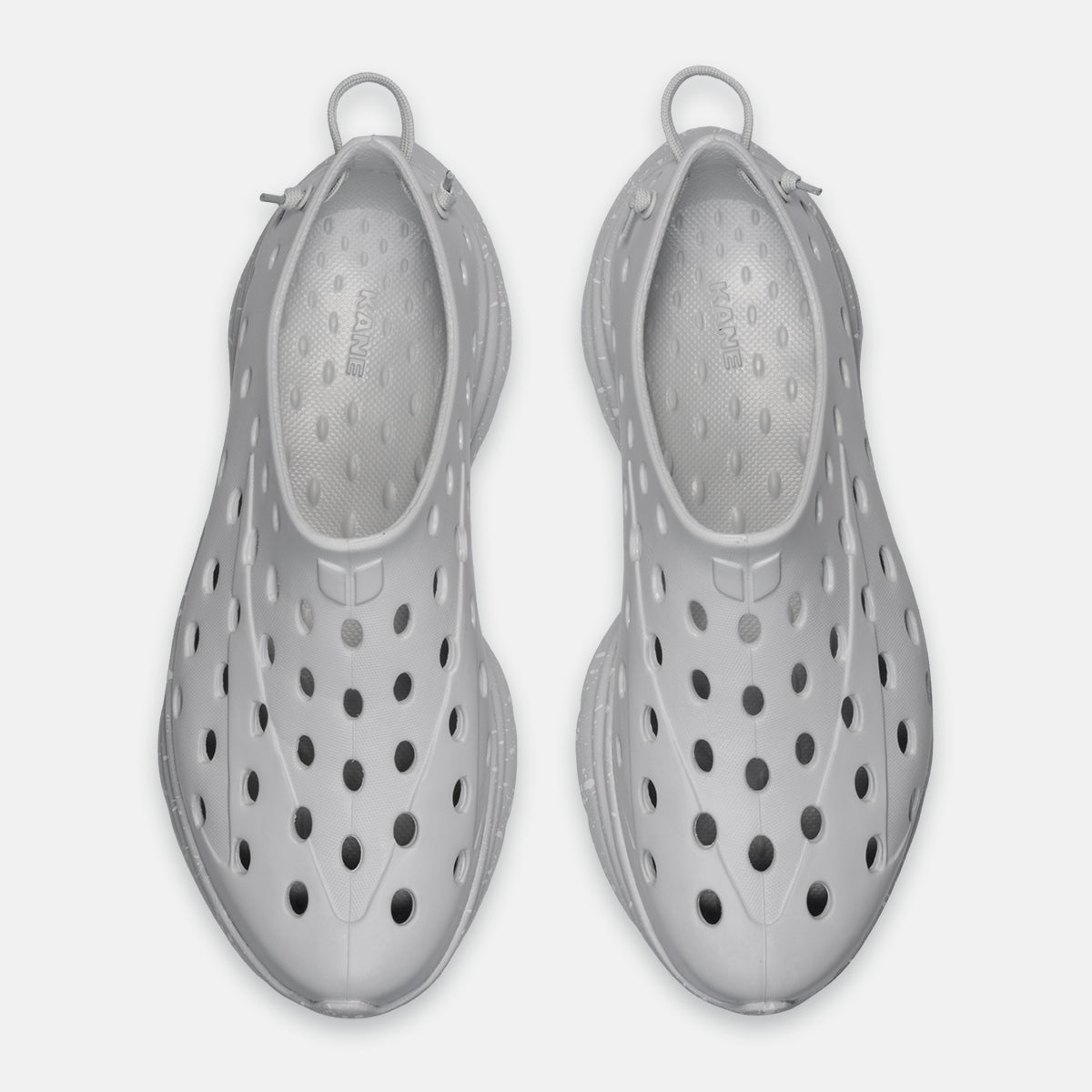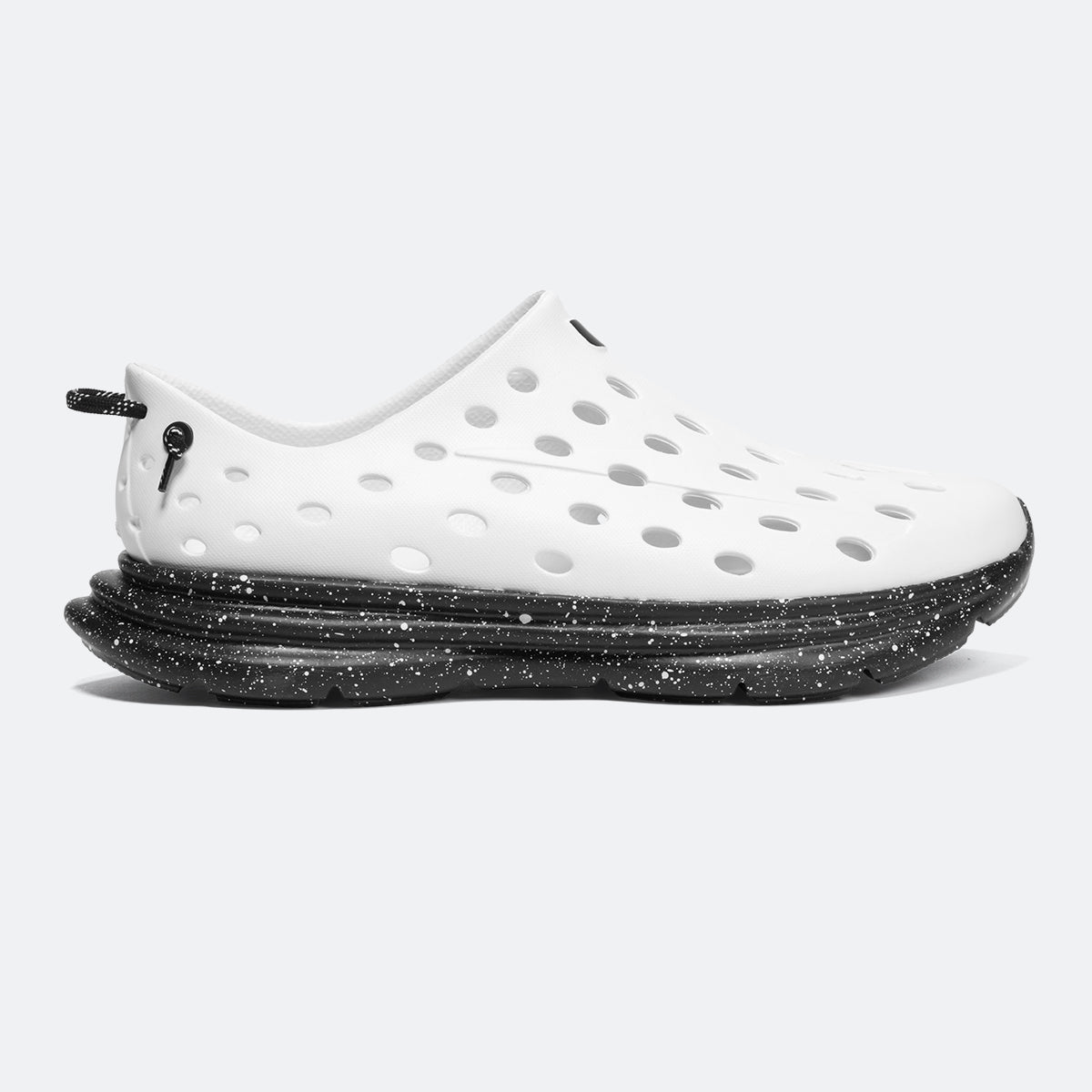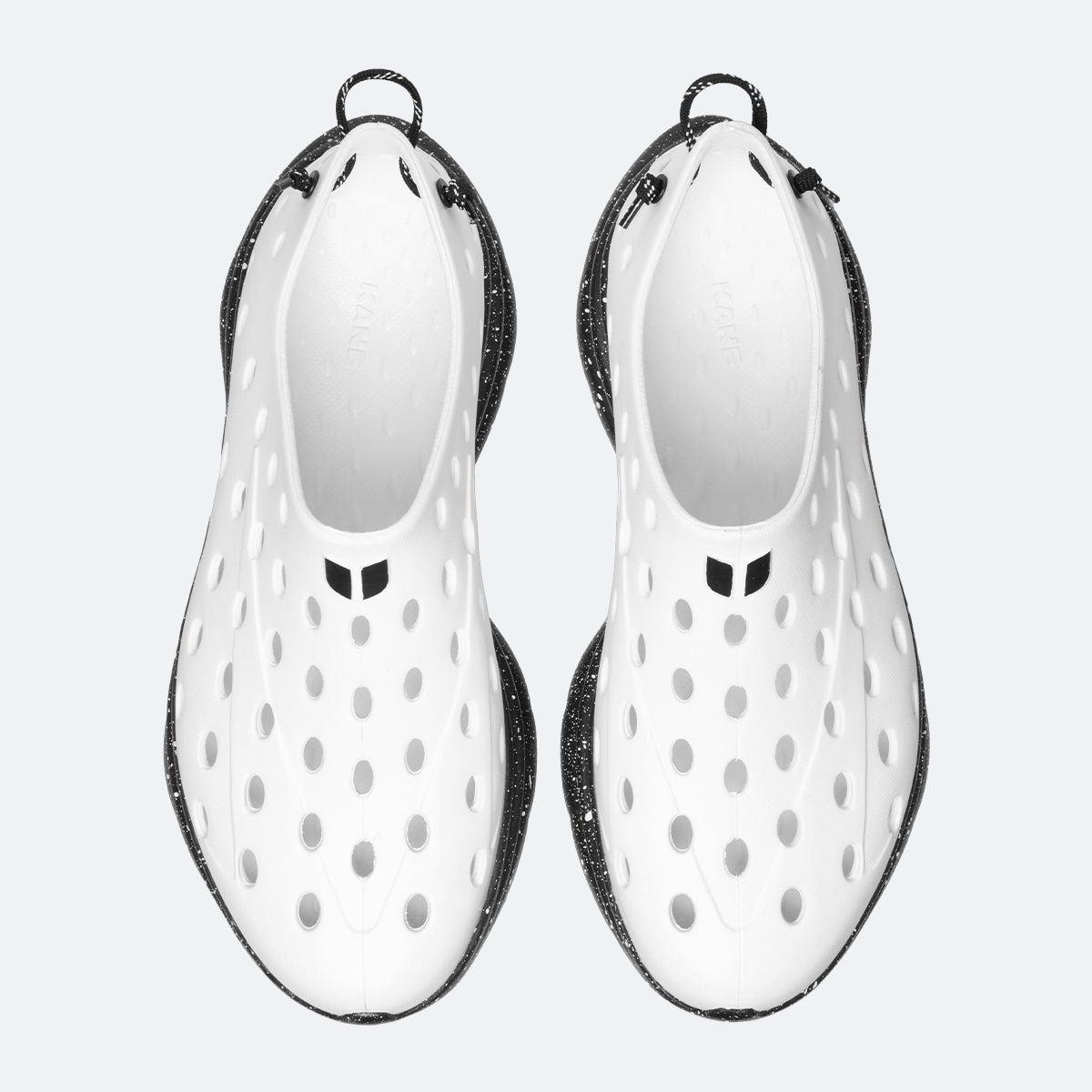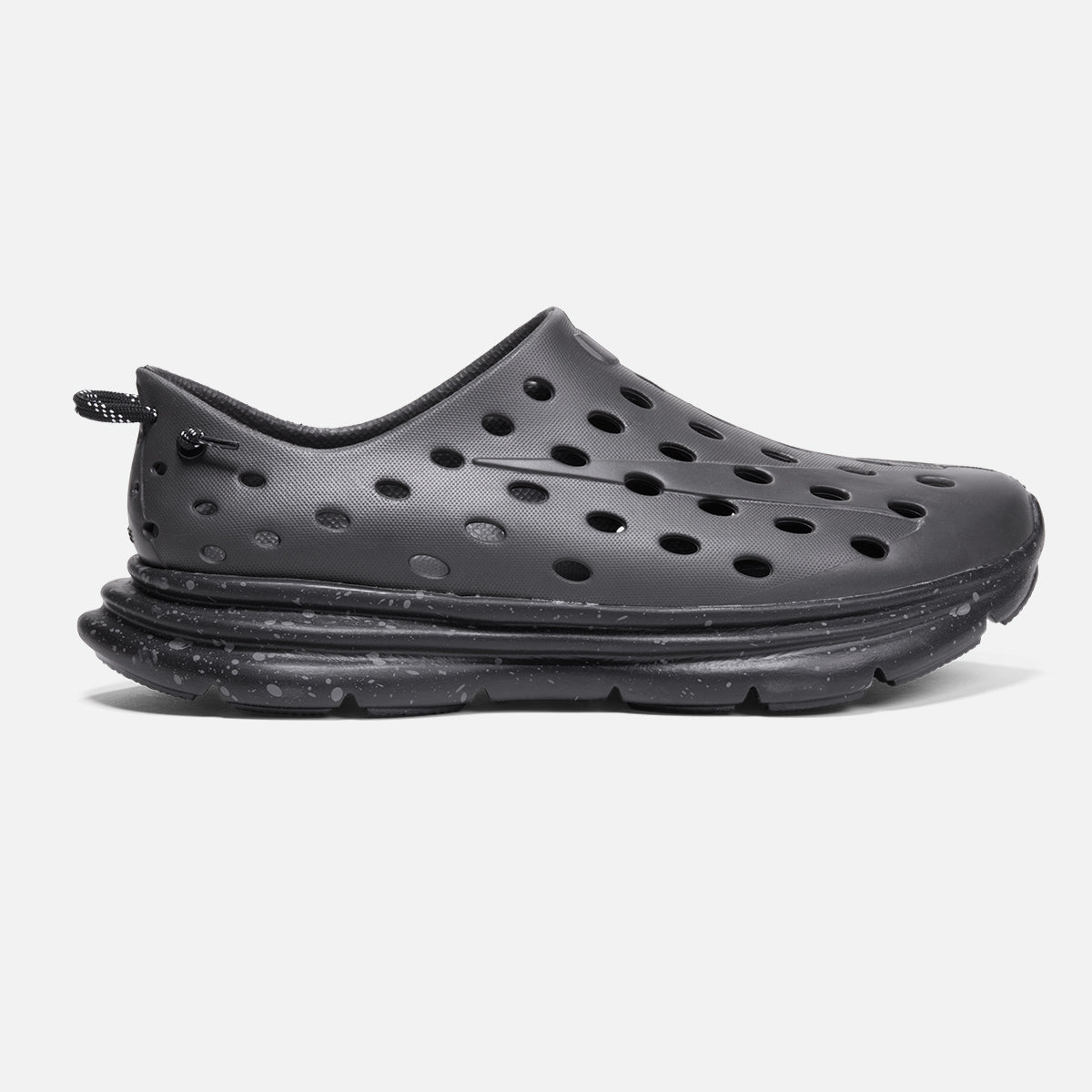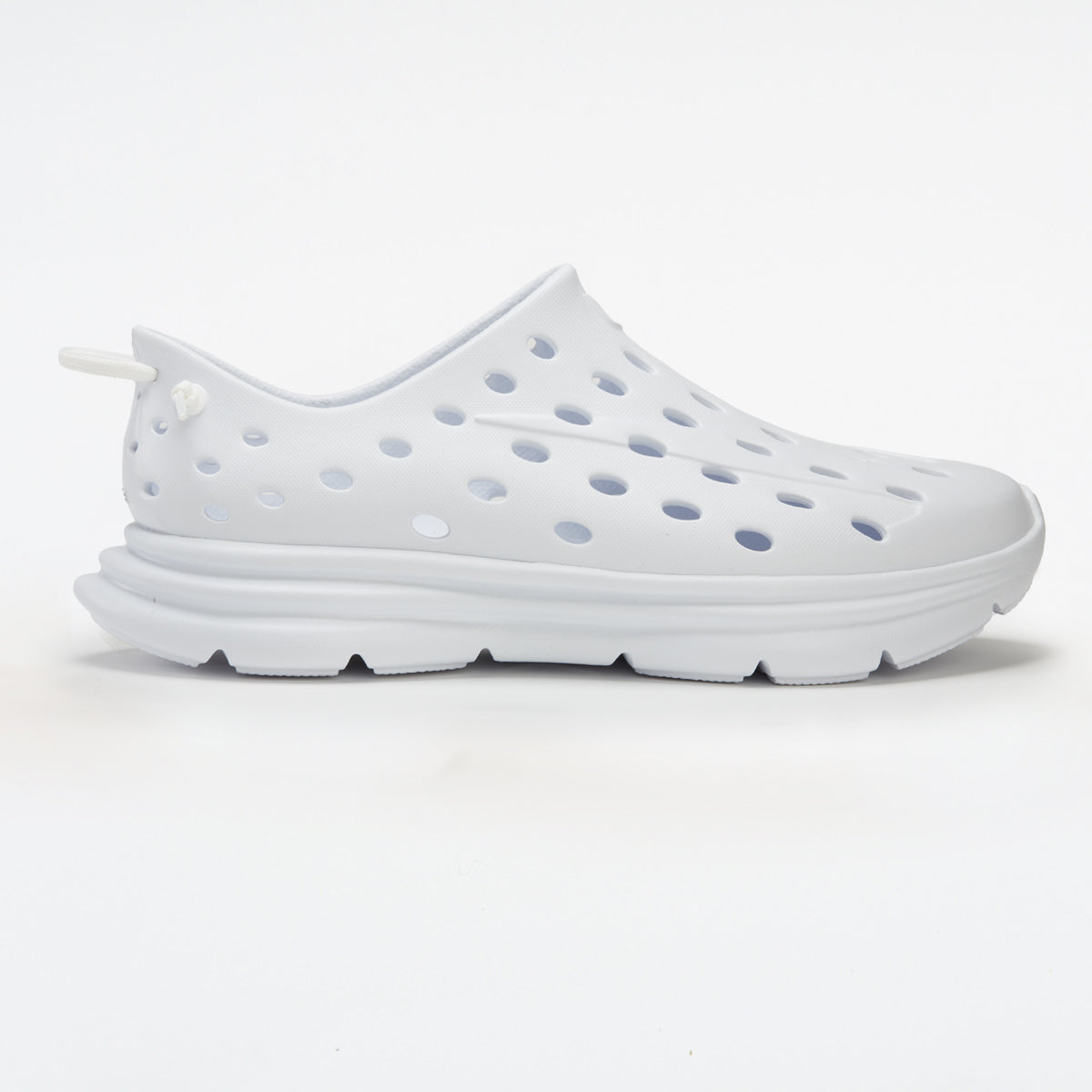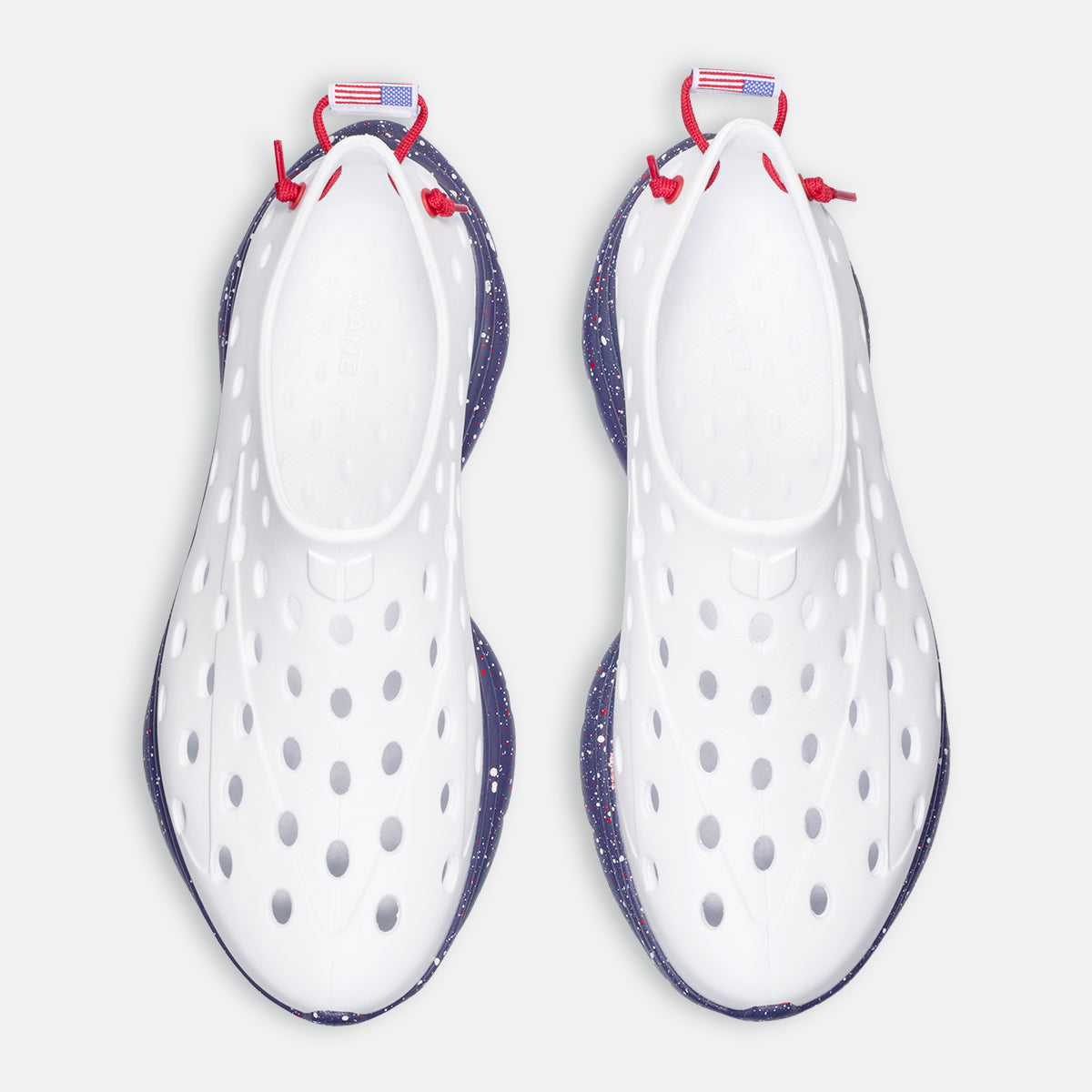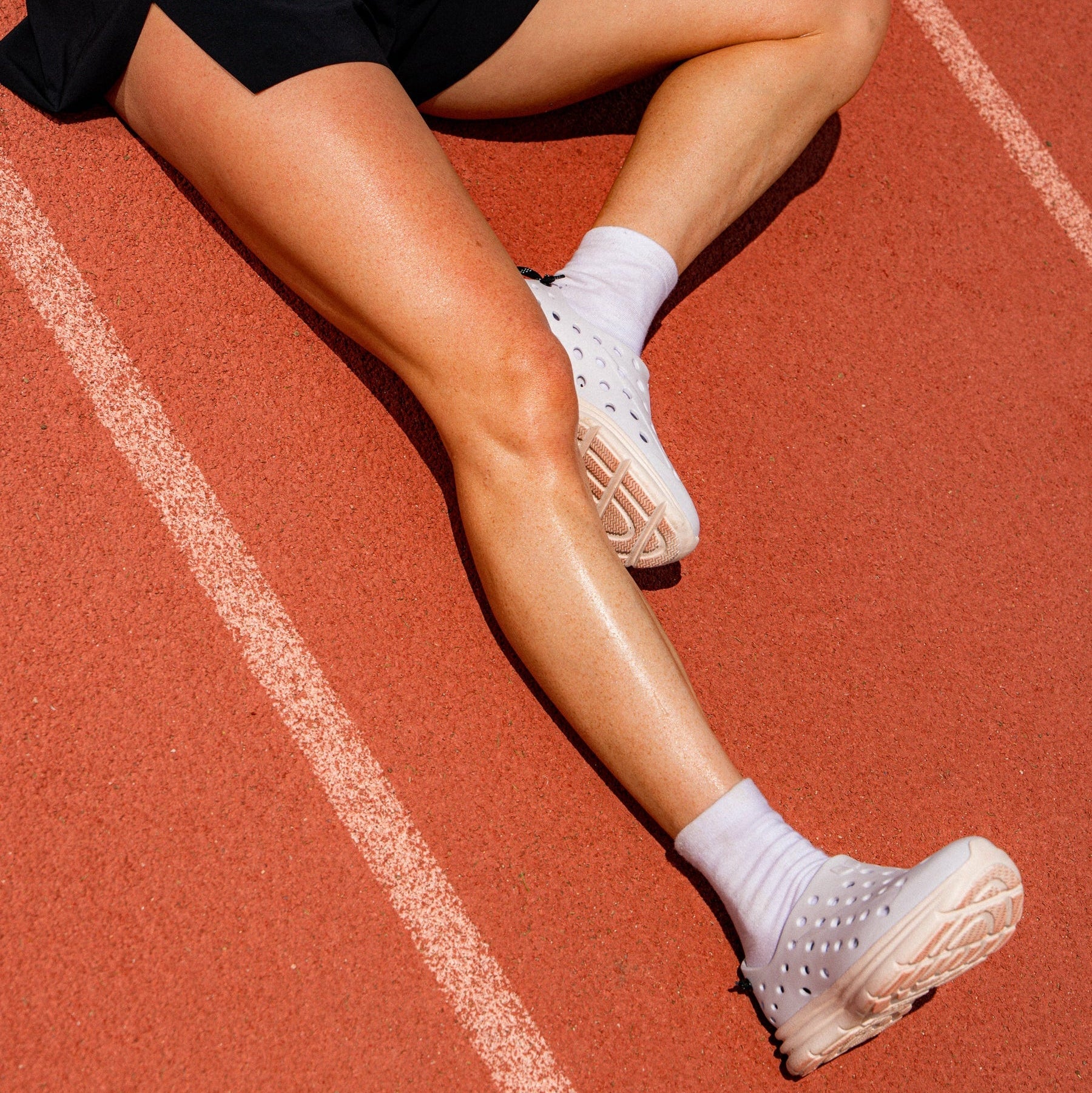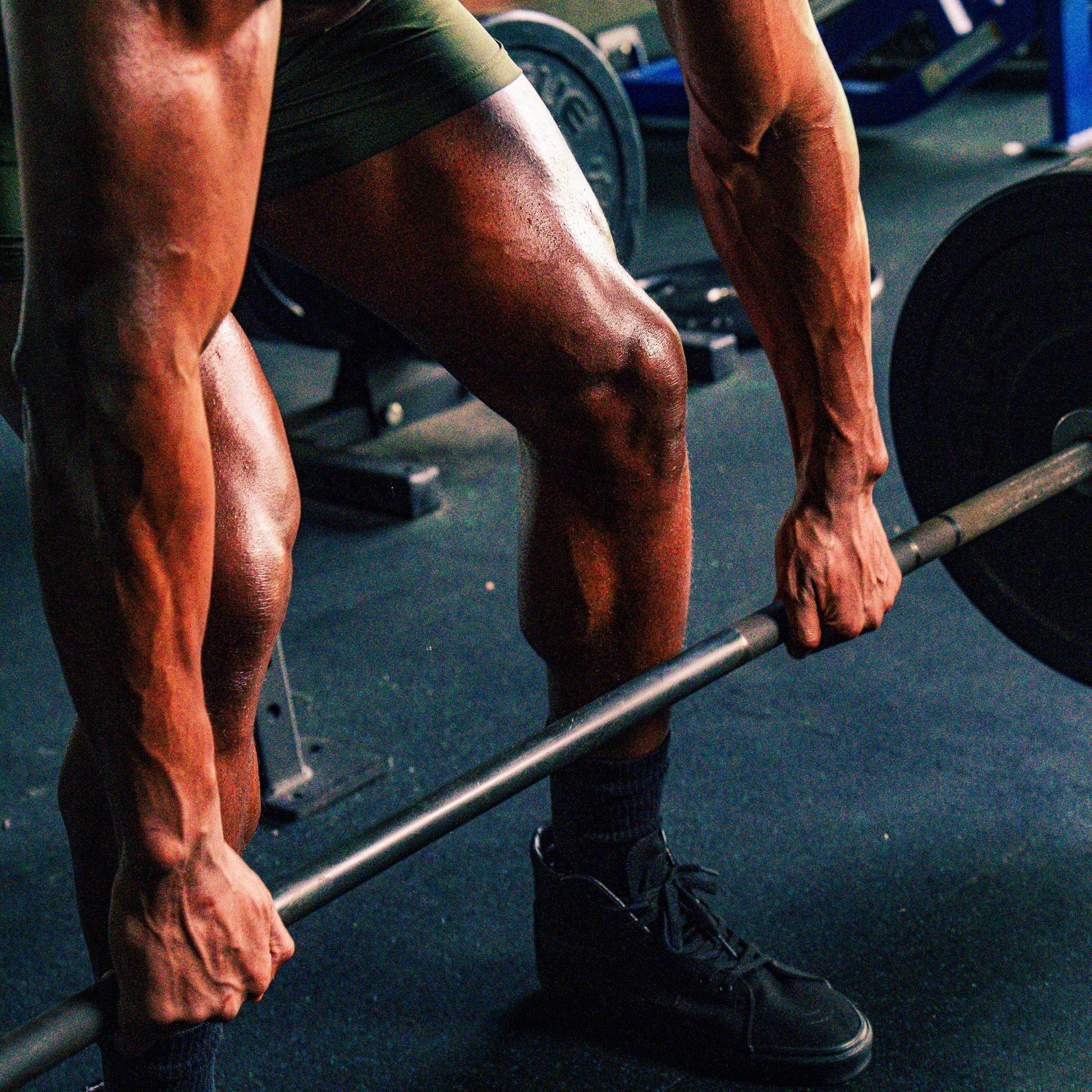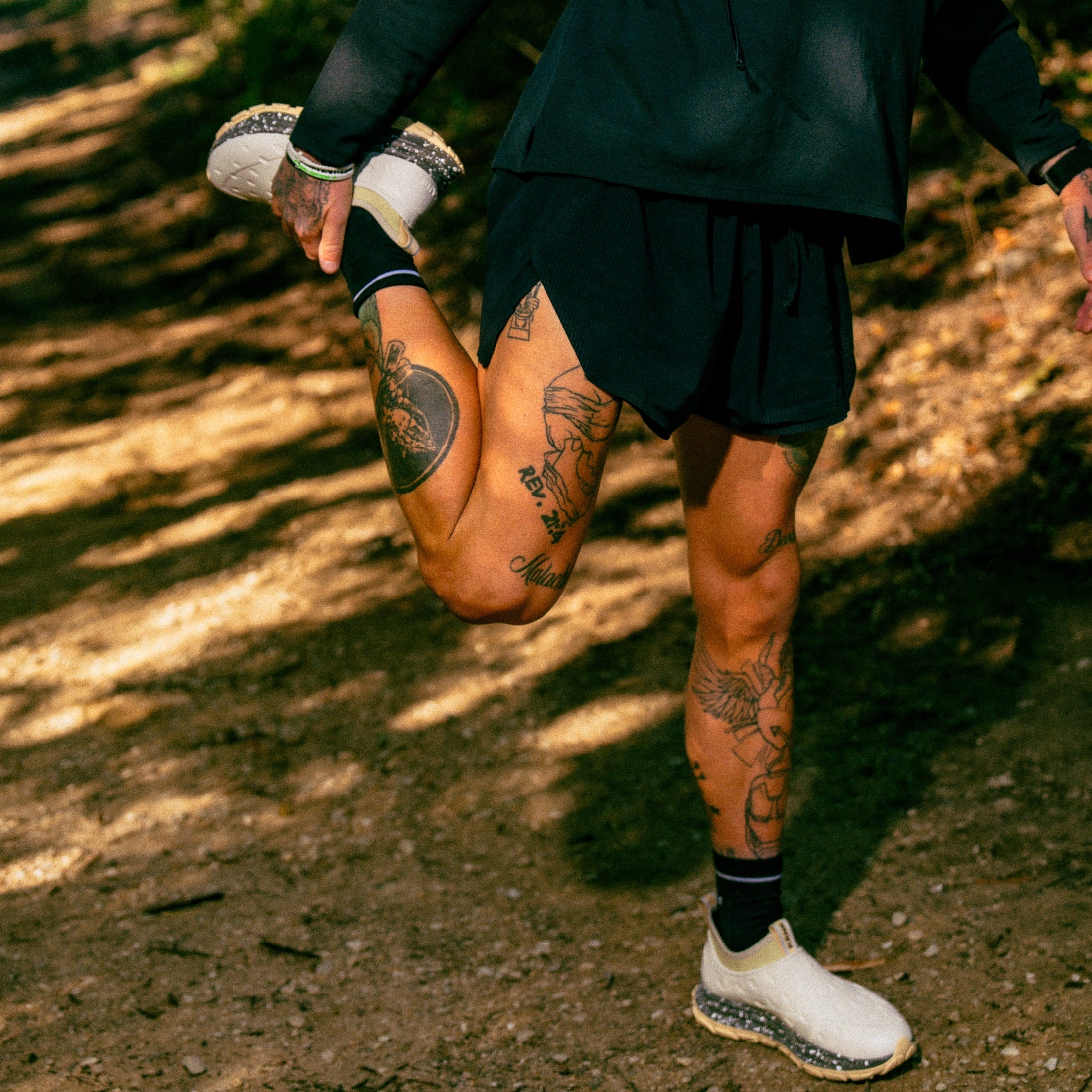That familiar ache after a tough gym session. The stiffness following your first rock‑climbing adventure. If you've ever pushed yourself during exercise, you know precisely what post‑exercise muscle soreness feels like.
Delayed onset muscle soreness (DOMS) affects nearly everyone who engages in physical activity. The good news? Understanding what helps sore muscles after a workout can transform your recovery. This guide covers evidence‑based strategies for helping your body heal faster—so you can return to your fitness routine stronger than before.
Understanding delayed onset muscle soreness
What causes sore muscles after exercise?
Delayed onset muscle soreness typically develops 12‑48 hours after your workout. During exercise, tiny tears develop in your muscle fibers, particularly during eccentric muscle contractions (muscles lengthening under tension). These microscopic tears trigger inflammation as your body rushes nutrients to the affected area.
Eccentric exercise creates more muscle soreness than other movements—think running or walking downhill, or lowering a dumbbell in a biceps curl. These movements place extra stress on muscle fibers, leading to more pronounced DOMS.
What’s normal vs. concerning pain?
Normal muscle soreness feels like a dull ache that improves over two to five days. You may notice mild discomfort when moving, reduced range of motion, or tight muscles.
See a doctor if you have sharp pain, severe swelling, or soreness that worsens after several days. These could be signs of an issue beyond typical DOMS.
Immediate post‑workout strategies to ease muscle soreness
The importance of cool down and gentle movement
A proper cooldown helps your body return to baseline and boosts blood flow to tired muscles. Spend five to 10 minutes performing light activity such as walking or easy cycling to keep circulation high and prevent immediate stiffness.
Hydration and immediate nutrition
- Rehydrate by drinking 16‑24 oz of water for every pound lost during exercise.
- Consume a balanced snack or meal with carbohydrates and 20‑40 g of protein within an hour to kick‑start muscle repair.
Physical techniques to relieve sore muscles
Massage therapy for muscle recovery
- Professional deep‑tissue massage: Increases blood flow and reduces inflammation.
- Self‑massage: Apply gentle circular pressure with your hands for a few minutes per muscle group.
- Massage gun: Use low settings and move slowly across muscles, avoiding joints.
Foam rolling and myofascial release
Roll slowly across each muscle group for up to one minute, pausing on tender spots. Avoid rolling over bones or joints.
Heat and cold therapy
- Cold (first 24‑48 h): Ice packs or cold water immersion for 10‑15 min to reduce swelling and numb pain.
- Heat (after 48 h): Warm baths or heating pads for 15‑20 min to increase blood flow and relax tight muscles.
Active recovery vs. passive recovery
Benefits of light exercise during muscle soreness
- Walking at a comfortable pace for 30 min
- Easy cycling with minimal resistance
- Swimming or water walking
- Gentle yoga or stretching routines
When passive recovery makes sense
Opt for complete rest if pain is sharp, you suspect injury, or soreness is accompanied by fever. Even then, gentle stretching can help maintain circulation.
Nutrition strategies for muscle repair and recovery
Post‑exercise nutrition and anti‑inflammatory foods
- Eat 20‑40 g of protein with a 3‑4:1 carb‑to‑protein ratio post‑workout.
- Incorporate anti‑inflammatory foods such as tart cherry juice, fatty fish, leafy greens, berries, turmeric, and nuts.
Hydration and recovery beverages
- Water remains the most crucial recovery beverage.
- Chocolate milk supplies protein, carbs, and fluids.
- Tart cherry juice offers anti‑inflammatory benefits.
- Green tea provides antioxidants; coconut water adds electrolytes.
Sleep and recovery optimization
- Aim for seven to nine hours of sleep nightly.
- Maintain a cool, dark bedroom (65‑68 °F).
- Limit screens before bedtime.
When should you seek professional help for muscle pain?
Warning signs requiring medical attention
- Severe pain preventing normal movement
- Soreness worsening after day four
- Dark urine, extreme weakness, or nausea (possible rhabdomyolysis)
- Numbness, tingling, or inability to bear weight
Professional treatment options
- Physical therapy for movement dysfunction
- Professional massage for deep tissue work
- Chiropractic care for joint and muscular issues
- Athletic training services for injury prevention
Long‑term strategies for effective recovery
- Follow the 10% rule to progress intensity gradually.
- Schedule active recovery days and foam‑roll weekly.
- Hydrate consistently and maintain regular sleep schedules.
The role of recovery footwear in muscle recovery
Supportive shoes maintain alignment and reduce compensatory stress on recovering muscles. Proper footwear is an often‑overlooked pillar of recovery.
Discover Kane Recovery Shoes!
Kane's recovery shoes deliver support, comfort, and durability with an adjustable hook‑and‑loop single‑strap upper, plush TPR footbed, and durable injected EVA outsole. As a Certified B Corporation, Kane donates 1% of profits to environmental charities.
When and how to wear Kane Revive
Wear recovery footwear immediately after strenuous activity to help minimize inflammation. Ensure the strap is snug for maximum comfort and support.
Building your complete muscle recovery toolkit
Combine active recovery, proper nutrition, hydration, quality sleep, foam rolling, and supportive footwear. Start with one or two strategies and build from there. Remember—muscle soreness is a sign your body is adapting. With a smart recovery plan, you’ll minimize discomfort and maximize gains.
Frequently asked questions
How can I recover from muscle soreness faster?
Use light movement, balanced meals with protein, hot baths or contrast therapy, foam rolling, compression clothing, and quality sleep.
Is it OK to exercise sore muscles?
Light exercise is usually safe and may relieve mild DOMS. Avoid intense sessions if pain is sharp or alters your movement.
What drink is good for muscle recovery?
- Water for hydration
- Chocolate milk for carbs and protein
- Tart cherry juice for anti‑inflammatory benefits
- Green tea for antioxidants
- Coconut water for electrolytes
What is the best pain reliever for sore muscles?
Natural approaches—ice, light movement, massage, and sleep—are preferred. Use NSAIDs sparingly, as chronic use may hinder adaptation.
No content on this site should ever be used as a substitute for direct medical advice from your doctor or other qualified clinicians.



